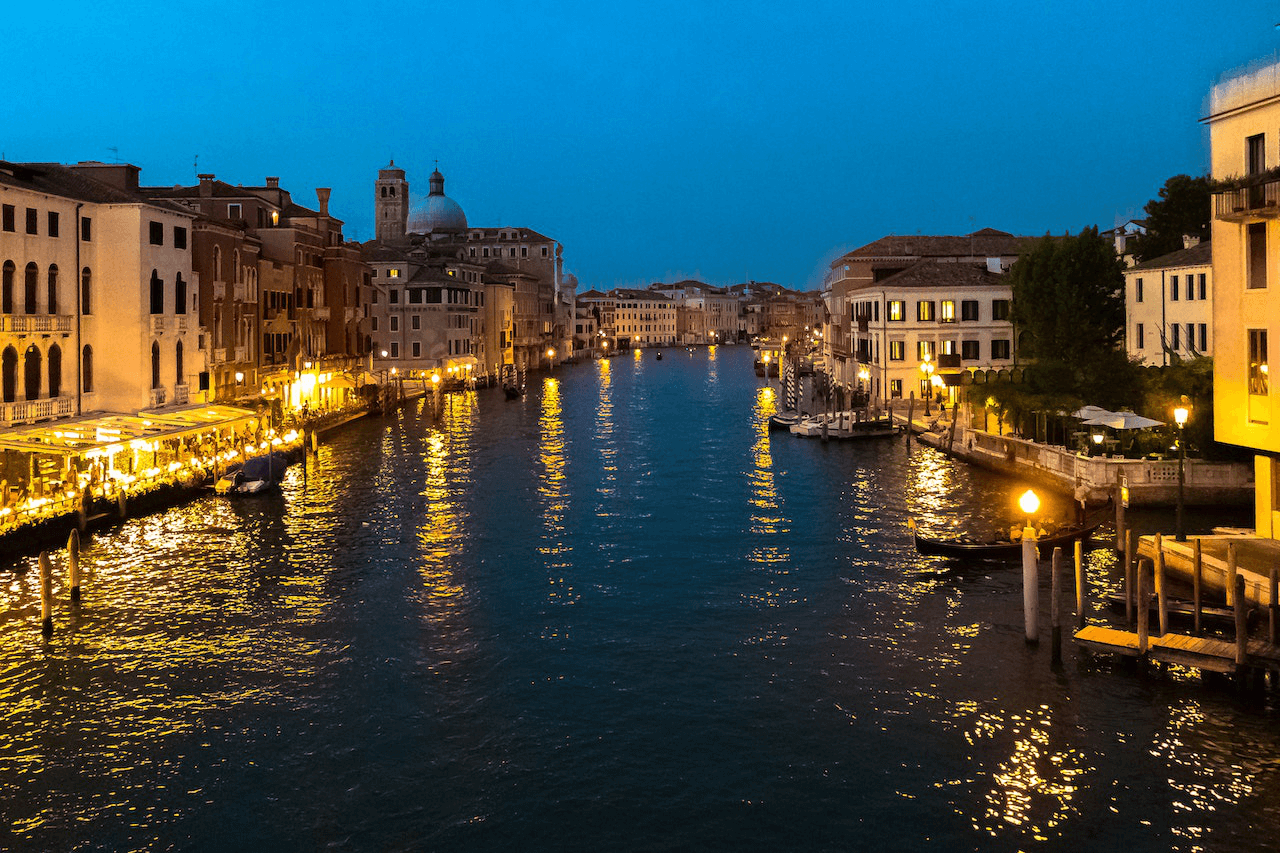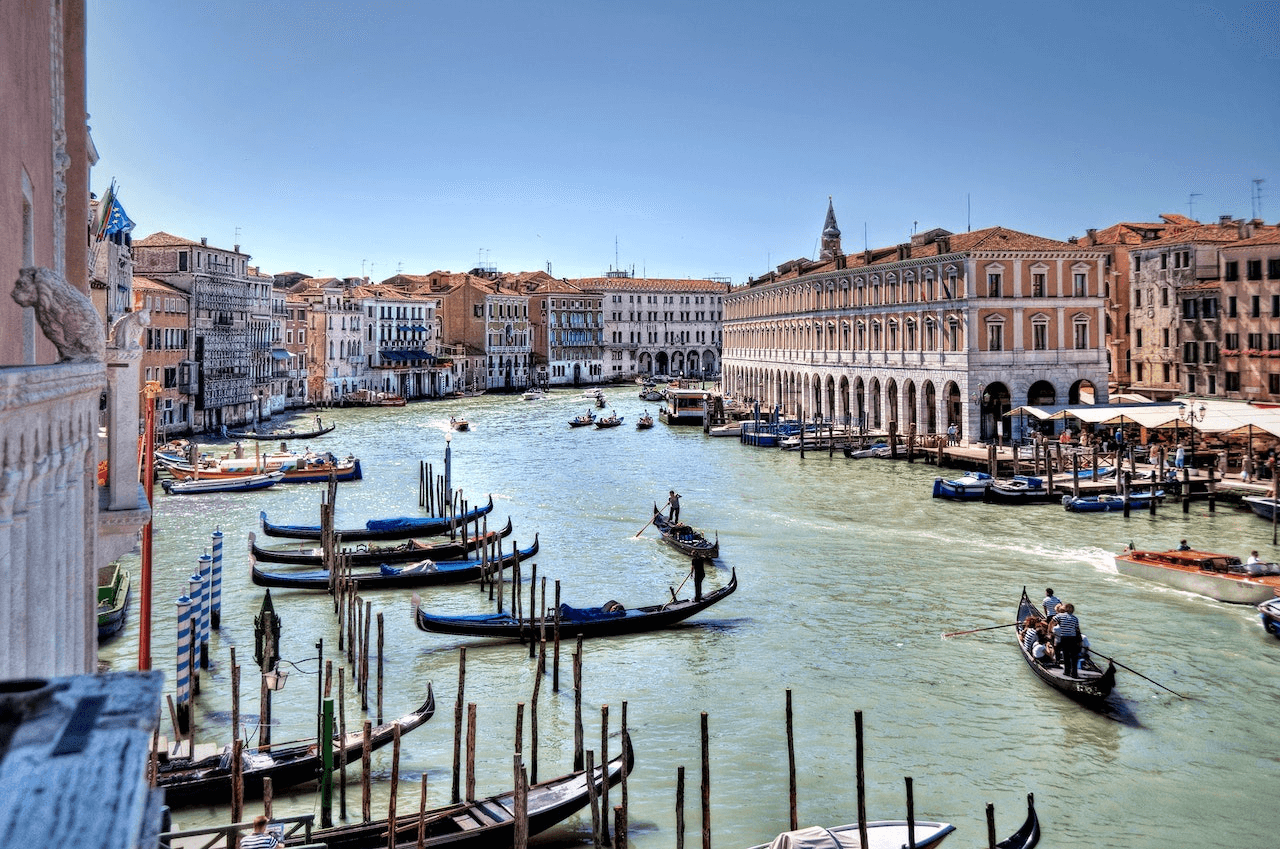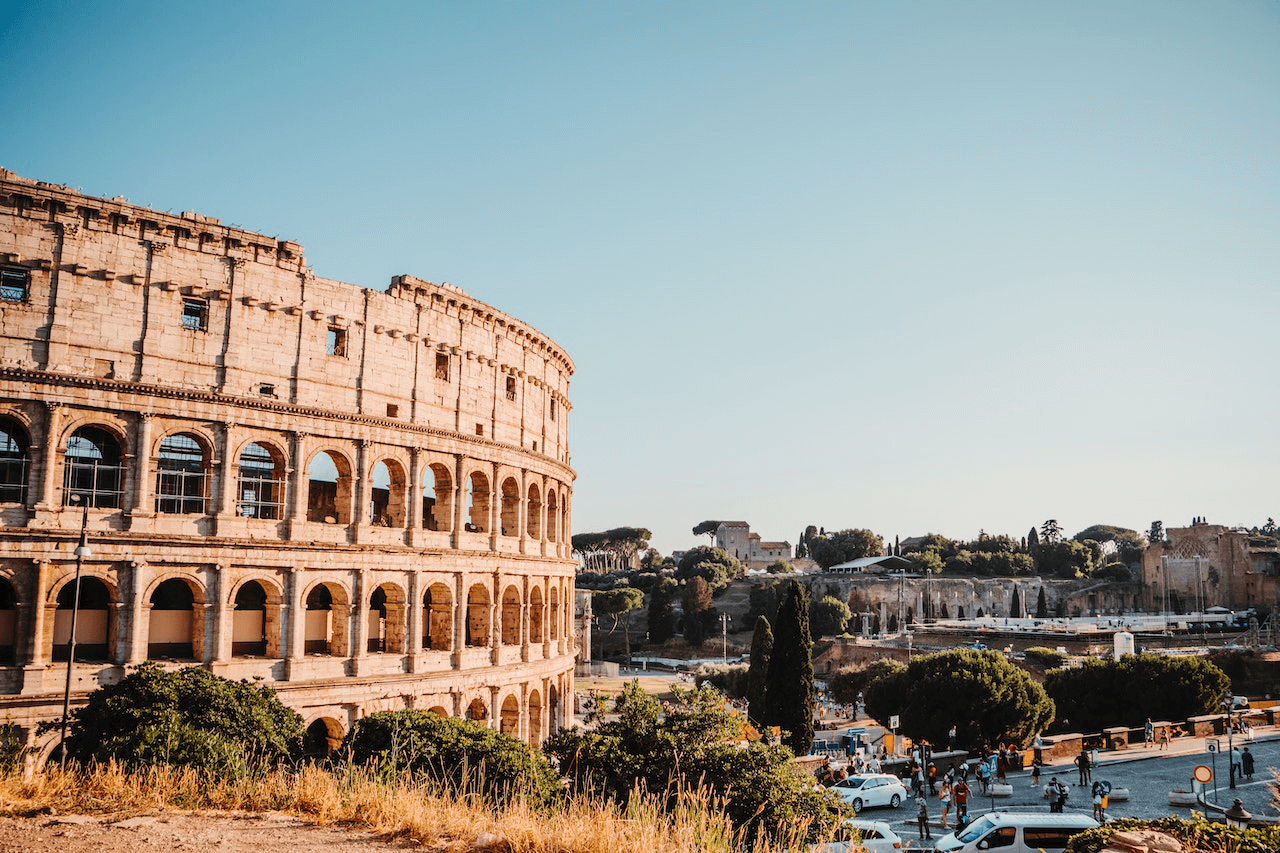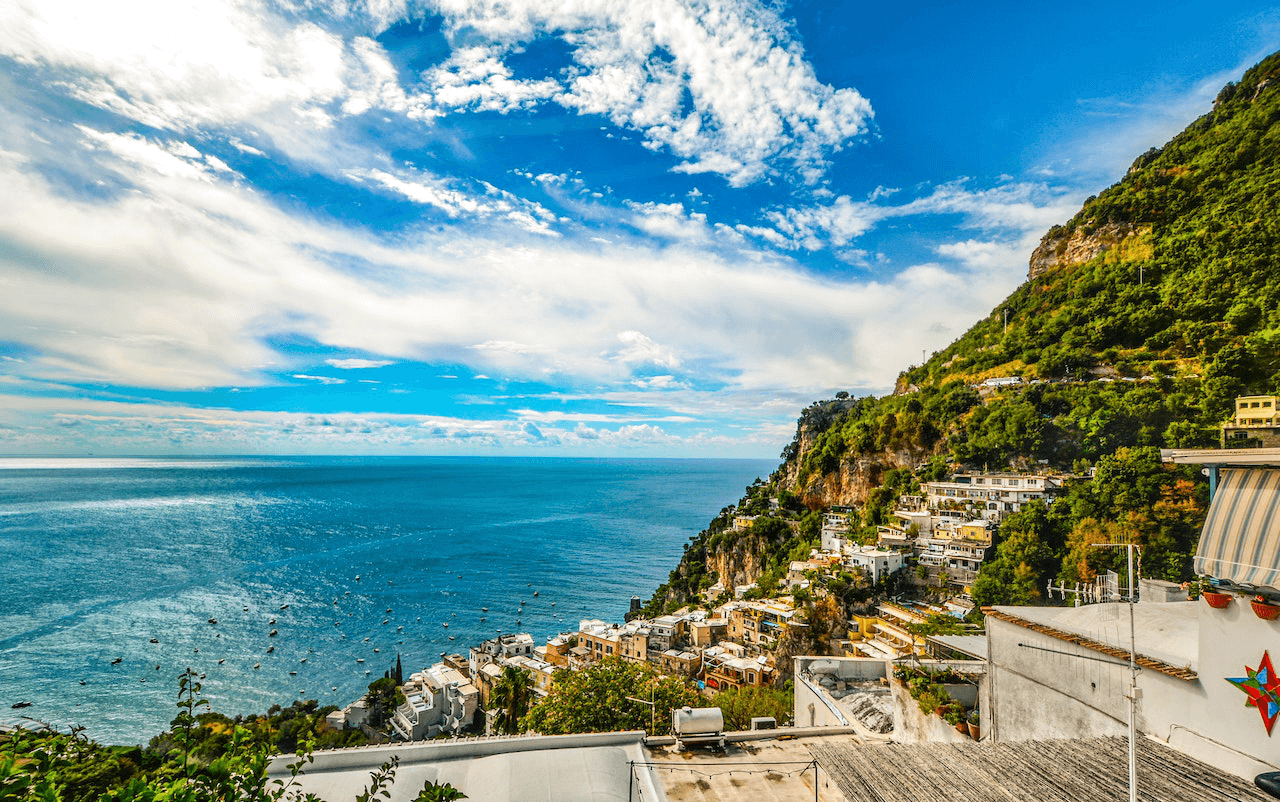Italy, the land of rich history, breathtaking landscapes, and mouthwatering cuisine, has long been a dream destination for travelers.
To ensure that your trip to Italy is a memorable one, we from TouristsInsider have compiled the most essential travel tips for you. So, let's dive in and discover the enchanting wonders of the Bel Paese.
Essential Travel Information
Before embarking on your Italian adventure, it's essential to be armed with the right information to make your trip smooth and hassle-free.
Visa Requirements and Entry Regulations
Travelers from many countries are allowed to enter Italy without a visa for up to 90 days.
However, it's crucial to check if any specific visa requirements apply to your country. Visit the official website of the Italian embassy or consulate in your home country for accurate and up-to-date information regarding visa regulations.
Best Time to Visit Italy
Italy's climate varies from north to south, offering different experiences throughout the year. The peak tourist season is from June to August when the weather is warm and sunny. However, if you prefer to avoid crowds and enjoy milder weather, consider visiting during the shoulder seasons of spring (April to June) and autumn (September to October).
Book Your Hotel to Italy NOW 20% OFF
Weather Considerations and What to Pack

Italy experiences a Mediterranean climate, characterized by hot summers and mild winters. However, temperatures and weather patterns can vary depending on the region you're visiting. Pack lightweight and breathable clothing for summer, and include a light jacket or sweater for cooler evenings. Comfortable walking shoes are a must, especially for exploring cobblestone streets. Don't forget essentials like sunscreen, a hat, and sunglasses.
Currency and Money-Saving Tips
The official currency of Italy is the Euro (EUR). While credit cards are widely accepted, it's always advisable to carry some cash for small purchases and when visiting local markets or smaller establishments. Inform your bank about your travel plans to avoid any issues with card transactions. To save money, consider using ATMs to withdraw cash, as they typically offer better exchange rates than currency exchange offices. Additionally, research and compare prices before making major purchases or booking accommodations to ensure you're getting the best deal.
Language and Basic Italian Phrases
Italian is the official language of Italy, and while many Italians speak English, especially in tourist areas, learning a few basic Italian phrases can go a long way in enhancing your travel experience. Here are some essential phrases to get you started:
- Buongiorno (Good morning)
- Grazie (Thank you)
- Per favore (Please)
- Scusi (Excuse me)
- Parla inglese? (Do you speak English?)
- Quanto costa? (How much does it cost?)
- Dove si trova? (Where is it located?)
Transportation and Getting Around

Navigating transportation options in Italy is relatively straightforward, offering you various ways to explore the country's wonders.
Airports and International Arrivals
Italy boasts several international airports, with the major ones being Rome Fiumicino Airport (FCO), Milan Malpensa Airport (MXP), and Venice Marco Polo Airport (VCE). These airports are well-connected to major cities and serve as entry points for most international travelers.
Book Your Hotel to Italy NOW 20% OFF
Transportation Options Within Italy
Italy has an excellent transportation infrastructure, making it easy to travel between cities and regions. The most popular options for getting around include trains, buses, and rental cars.
- Trains - Italy has an extensive rail network, offering convenient and efficient travel options. Trenitalia is the national rail service, providing both high-speed and regional train services. Consider purchasing a rail pass if you plan to explore multiple cities or regions.
- Buses - Buses are another cost-effective and reliable mode of transportation, especially for reaching smaller towns and villages. Companies like FlixBus and Busitalia provide extensive bus networks connecting various destinations.
- Rental Cars - Renting a car gives you the freedom to explore Italy at your own pace, especially if you plan to visit more remote areas or countryside regions. However, be aware of traffic regulations, parking restrictions, and the Zona Traffico Limitato (ZTL) zones in city centers, where only authorized vehicles are allowed.
Tips for Navigating Public Transportation Systems:
Using public transportation in Italy can be a convenient and budget-friendly way to get around. Here are some tips to ensure a smooth experience:
- Familiarize yourself with the local transportation system in each city you visit. Purchase tickets from authorized vendors or ticket machines, and validate them before boarding.
- Consider purchasing a multi-day or multi-ride pass, such as the Roma Pass in Rome or Firenze Card in Florence, which provides access to multiple attractions and unlimited public transportation for a specified period.
- Download smartphone apps like Google Maps or Citymapper to navigate public transportation routes and schedules easily.
- Be mindful of pickpockets in crowded areas or on public transportation. Keep your belongings secure and be cautious with your personal belongings at all times.
Driving Tips and Road Regulations
Probably one of the most convenient ways to explore Italy is by renting a car. If that’s what you intend to do, here are some tips for you.
- Make sure you have an international driving permit (IDP) along with your valid driver's license from your home country.
- Familiarize yourself with Italian road signs and regulations before hitting the road.
- Keep in mind that in Italy, people drive on the right side of the road.
- Be aware of ZTL zones (limited traffic zones) in city centers, indicated by specific signs. Unauthorized vehicles are not allowed, and entering these zones without permission can result in fines.
- Parking can be challenging in city centers. Look for designated parking garages or areas and follow the parking regulations to avoid fines.
Book Your Hotel to Italy NOW 20% OFF
Top Destinations and Must-See Attractions
Italy is teeming with incredible destinations and iconic attractions that showcase its rich history, art, and culture. Here are some of the top cities and must-see attractions you should include in your itinerary:
Rome (Check Our Complete Travel Guide to Rome)
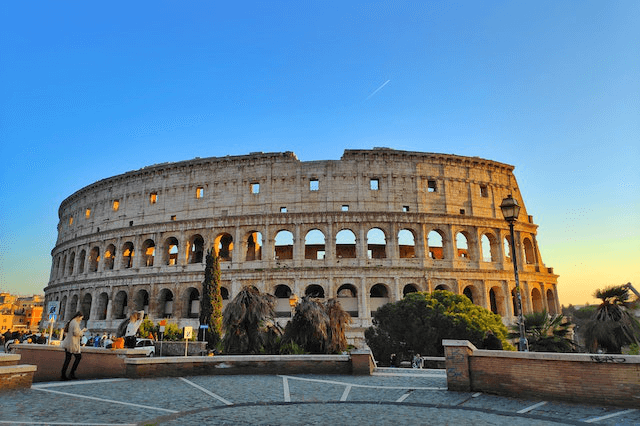
- Colosseum - Step back in time and explore the grandeur of the ancient Roman Empire at this iconic amphitheater.
- Vatican City - Visit St. Peter's Basilica, the Vatican Museums, and the Sistine Chapel, home to Michelangelo's masterpiece.
- Trevi Fountain - Make a wish and toss a coin into this stunning Baroque fountain.
- Roman Forum - Wander through the ruins of the ancient Roman marketplace and learn about its historical significance.
Florence (Check Our Complete Travel Guide to Florence)
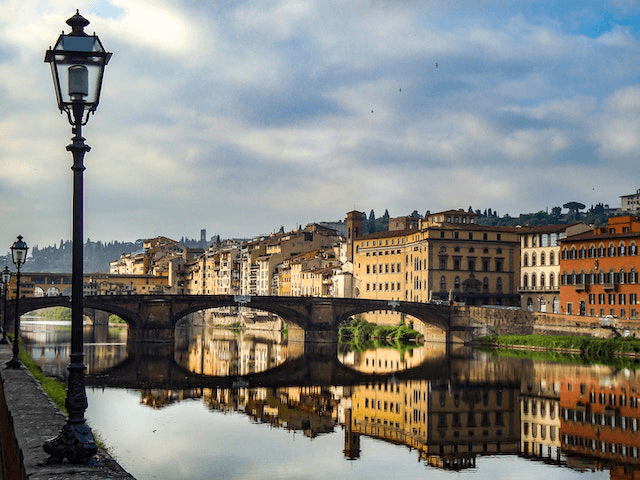
- Duomo - Marvel at the architectural splendor of Florence's cathedral and climb to the top of the dome for panoramic views of the city.
- Uffizi Gallery - Immerse yourself in Renaissance art at one of the world's most renowned art museums.
- Ponte Vecchio - Walk across this iconic medieval bridge lined with shops and admire the views over the Arno River.
- Michelangelo's David - Admire the exquisite sculpture at the Galleria dell'Accademia.
Venice (Check Our Complete Travel Guide to Venice)

- St. Mark's Square and Basilica - Explore the heart of Venice and visit the stunning Byzantine-style basilica.
- Grand Canal - Take a Vaporetto (water bus) ride along the main waterway of Venice, passing by picturesque palaces and bridges.
- Rialto Bridge - Cross the oldest and most famous bridge in Venice, lined with shops and offering beautiful views.
- Murano Island - Discover the art of Venetian glassmaking on this charming island known for its glass factories and workshops.
Milan (Check Our Complete Travel Guide to Milan)

- Milan Cathedral (Duomo) - Admire the intricate Gothic architecture of this magnificent cathedral and enjoy panoramic views from its rooftop.
- Galleria Vittorio Emanuele II - Shop in one of the world's oldest shopping malls, known for its elegant architecture and luxury boutiques.
- The Last Supper - Book a visit to see Leonardo da Vinci's iconic mural masterpiece at the Church of Santa Maria delle Grazie.
- Brera Art Gallery - Explore one of Milan's most important art collections, featuring works by Italian masters like Caravaggio and Raphael.
Hidden Gems and Off-the-Beaten-Path Locations

While Italy's popular destinations are undeniably captivating, don't overlook the hidden gems and lesser-known corners of the country. Here are a few off-the-beaten-path locations worth exploring:
- Cinque Terre - Discover the colorful coastal villages perched on cliffs along the Ligurian coastline.
- Matera - Explore the ancient cave dwellings and unique Sassi di Matera, a UNESCO World Heritage Site.
- Bologna - Delve into the vibrant culinary scene and medieval architecture of this charming city.
- Sicily - Venture to the southernmost region of Italy, known for its rich history, stunning landscapes, and delicious cuisine.
- Sardinia - Escape to this Mediterranean island with crystal-clear waters, sandy beaches, and rugged mountains.
Book Your Hotel to Italy NOW 20% OFF
Recommendations for Art, Culture, and Culinary Enthusiasts
Italy is a treasure trove of art, culture, and gastronomy. Here are some recommendations to indulge your senses:
Art and Culture
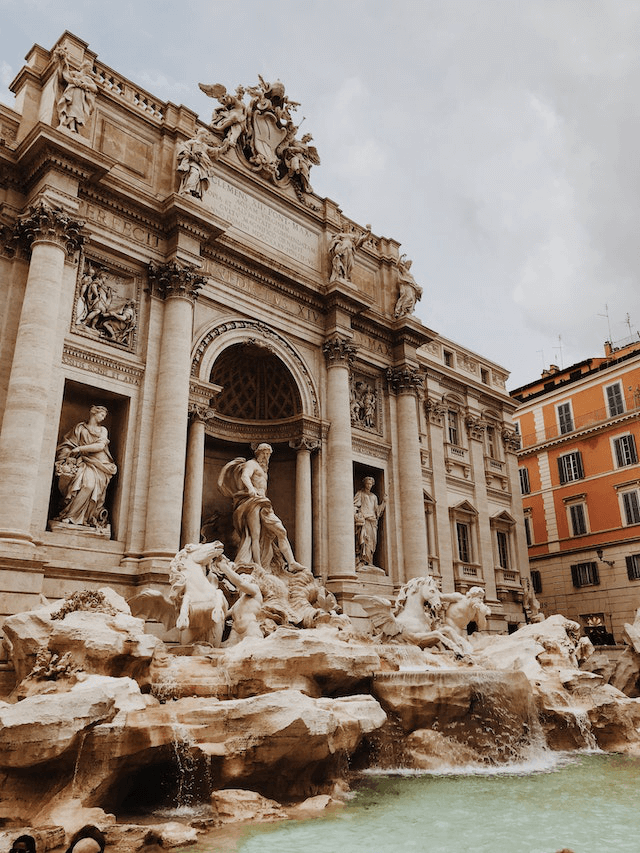
- Florence - Explore the Uffizi Gallery, Accademia Gallery, Pitti Palace, and Boboli Gardens.
- Rome - Visit the Borghese Gallery, Capitoline Museums, and MAXXI - National Museum of 21st Century Arts.
- Venice - Attend the Venice Biennale, one of the most prestigious contemporary art exhibitions in the world.
- Milan - Immerse yourself in the art scene by visiting Pinacoteca di Brera, Museo del Novecento, and Fondazione Prada.
Culinary Experiences

- Rome - Indulge in authentic Roman cuisine, including classics like carbonara, cacio e pepe, and supplì (rice balls).
- Florence - Sample the famous Florentine steak (bistecca alla fiorentina) and traditional Tuscan dishes like ribollita and pappa al pomodoro.
- Naples - Taste the original Neapolitan pizza and try local specialties like spaghetti alle vongole (clams) and tagliatelle (pastry).
- Bologna - Delight your taste buds with Bolognese cuisine, such as tagliatelle al ragù, tortellini en brodo, and mortadella.
- Sicily - Experience the unique flavors of Sicilian cuisine, featuring fresh seafood, arancini, cannoli, and granita.
Cultural Etiquette and Customs
To fully immerse yourself in the Italian way of life and show respect for the local culture, it's important to be aware of Italian etiquette and social norms. Here are some cultural customs to keep in mind:
- Greetings - Italians typically greet each other with a handshake or a kiss on both cheeks, depending on the level of familiarity.
- Dress Code for Religious Sites - When visiting churches and other religious sites, it's important to dress modestly. Avoid wearing shorts, sleeveless tops, or revealing clothing.
- Table Manners - Italians take their food seriously, and meals are often a leisurely affair. Avoid rushing through your meal and try to adapt to the Italian dining pace. Also, it's customary to leave a small tip (around 10%) at restaurants.
- Queuing - Italians may not always adhere strictly to queues, especially in crowded places. Be patient and follow the flow without getting overly concerned about the order.
Safety and Health Considerations
Italy is generally a safe country for travelers, but it's always important to prioritize your safety and well-being. Here are some safety and health considerations:
General Safety Tips
- Be cautious of pickpockets, especially in crowded tourist areas. Keep your belongings secure and avoid displaying valuable items openly.
- Use reputable taxi services or rideshare apps to ensure your safety when traveling within cities.
- Stay informed about current events and follow any travel advisories or warnings issued by your country's embassy or consulate in Italy.
Emergency Services and Contact Numbers
- In case of emergencies, dial 112 for general emergencies or 113 for the police.
- Save the contact information of your country's embassy or consulate in Italy in case you need assistance during your trip.
Health and Medical Resources for Travelers
- It's advisable to have travel insurance that covers medical expenses and emergency medical evacuation.
- Familiarize yourself with the location of hospitals and pharmacies in the areas you plan to visit.
- If you require prescription medication, ensure that you have an ample supply for the duration of your trip.
Food and Water Safety Guidelines
- Tap water in Italy is generally safe to drink, but if you prefer bottled water, it's widely available.
- When dining out, choose reputable establishments and look for the "Osteria" or "Trattoria" signs for authentic local cuisine.
- To avoid foodborne illnesses, practice good hygiene and ensure that meat, seafood, and eggs are thoroughly cooked before consumption.
Book Your Hotel to Italy NOW 20% OFF
Italian Cuisine and Dining Etiquette

Italian cuisine is renowned worldwide for its simplicity, fresh ingredients, and bold flavors. To fully savor the culinary delights of Italy, here are some tips and insights on Italian dining etiquette:
- Meal Structure and Timing - Italians typically have a light breakfast, a leisurely lunch (between 1 pm and 2 pm), and a late dinner (after 8 pm). Keep in mind that some restaurants may close between lunch and dinner hours, so plan accordingly.
- Italian Coffee Culture - Coffee is a significant part of Italian culture. Order an espresso if you prefer a small, strong coffee or a cappuccino if you'd like a larger coffee with steamed milk. Note that it's customary to have cappuccino only in the morning; Italians generally avoid ordering it after a meal.
- Aperitivo Culture - Aperitivo is a pre-dinner ritual in Italy where people gather for a drink and light snacks. It's an excellent opportunity to socialize and enjoy some local specialties like olives, cheeses, cured meats, and bruschetta.
- Ordering Pizza - In Italy, pizza is typically ordered by the whole pie rather than by the slice. Don't be surprised if your pizza arrives uncut. Italians often eat pizza using their hands, folding it slightly to enjoy every bite.
- Pace of the Meal - Italians take their time when it comes to dining. Embrace the leisurely pace, indulge in good conversation, and enjoy the flavors of each course.
Shopping and Souvenirs

Italy is a shopper's paradise, offering a wide range of options, from high-end fashion to local artisan crafts. Here are some tips for shopping and finding unique souvenirs:
- Fashion and Design - Italy is synonymous with fashion, and cities like Milan and Florence are renowned for their designer boutiques and fashion houses. Explore luxury shopping districts like Via Montenapoleone in Milan or Via de' Tornabuoni in Florence for high-end fashion and accessories.
- Local Markets - Visit local markets to experience the vibrant atmosphere and find unique items. Mercato di San Lorenzo in Florence, Mercato di Porta Portese in Rome, and Mercato di Ballarò in Palermo are just a few examples of lively markets where you can discover local produce, artisanal products, and antiques.
- Artisan Crafts - Italy is known for its rich craftsmanship traditions. Look for handmade leather goods in Florence, ceramics in Deruta, Murano glass in Venice, and intricate lacework in Burano. These artisanal items make for special souvenirs and gifts.
- Food and Wine - Italy is a culinary haven, and bringing home authentic Italian ingredients or wines is a delightful way to extend your Italian experience. Look for local delicacies like olive oil, balsamic vinegar, truffles, pasta, or regional wines from renowned wine-producing regions such as Tuscany or Piedmont.
Conclusion
Italy's charm lies in its diverse landscapes, rich history, captivating art, and culinary excellence. By following TouristsInsider's travel tips, you'll be well-prepared to embark on a remarkable Italian journey. From exploring iconic attractions to discovering hidden gems, savoring delicious cuisine, and embracing the Italian way of life, Italy promises to leave you with unforgettable memories. So, pack your bags, immerse yourself in la dolce vita, and let the enchanting wonders of Italy unfold before you. Buon Viaggio!
FAQs
❓ Is it safe to travel to Italy?
Yes, Italy is generally a safe country for travelers, but it's always important to take basic safety precautions and stay aware of your surroundings.
❓ Do I need a visa to travel to Italy?
If you're a citizen of the EU, the United States, Canada, Australia, or many other countries, you can visit Italy for tourism purposes without a visa for up to 90 days.
❓ Can I drink tap water in Italy?
Yes, tap water in Italy is generally safe to drink. However, if you prefer bottled water, it's widely available.
Book Your Hotel to Italy NOW 20% OFF
❓ What is the tipping etiquette in Italy?
Tipping in Italy is not obligatory, but it's common to leave a small tip (around 10%) at restaurants if you received good service.
❓ How do I get around Italy?
Italy has an extensive transportation network, including trains, buses, and rental cars. Trains are a popular and efficient way to travel between cities, while buses are ideal for reaching smaller towns and villages.
❓ What should I wear when visiting religious sites in Italy?
When visiting churches and other religious sites, it's important to dress modestly. Avoid wearing shorts, sleeveless tops, or revealing clothing.
❓ Can I use my credit card in Italy?
Yes, credit cards are widely accepted in most establishments in Italy, especially in major cities and tourist areas. However, it's always a good idea to carry some cash for smaller establishments or places that may not accept cards.
❓ What are some popular Italian dishes I should try?
Some popular Italian dishes you should try include pizza, pasta (such as spaghetti, lasagna, or risotto), gelato, tiramisu, and various regional specialties like Florentine steak or Neapolitan pizza.
❓ Do I need to speak Italian to travel to Italy?
While it's helpful to know some basic Italian phrases, many Italians in tourist areas and major cities speak English, so you can get by with English. However, learning a few common Italian words and phrases can enhance your experience and interactions with locals.

